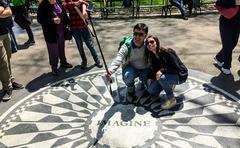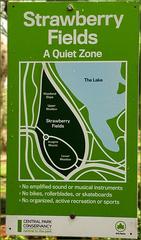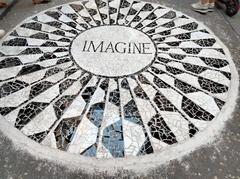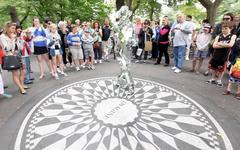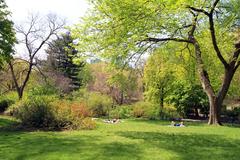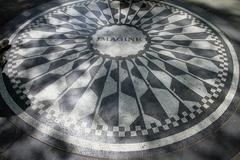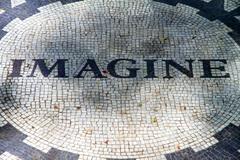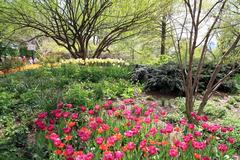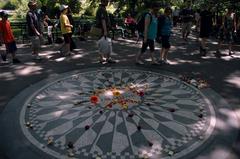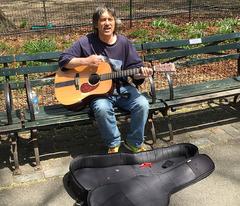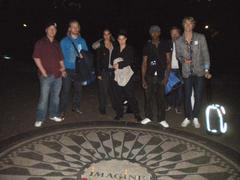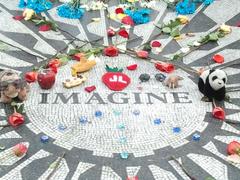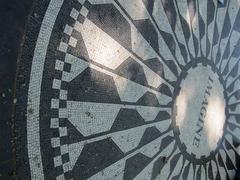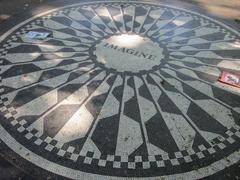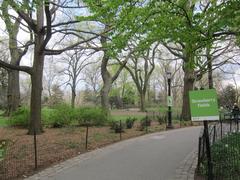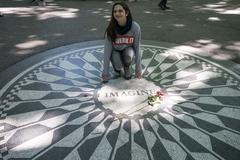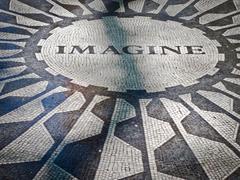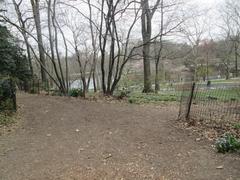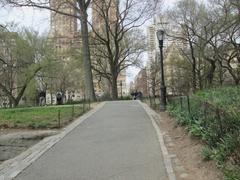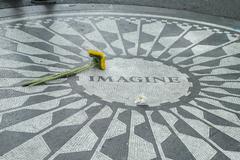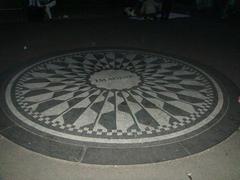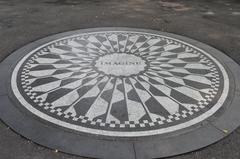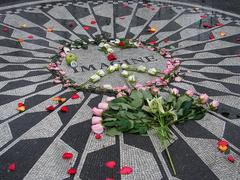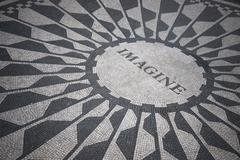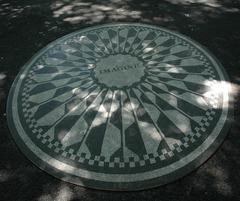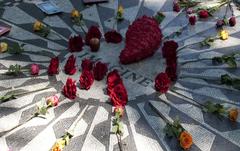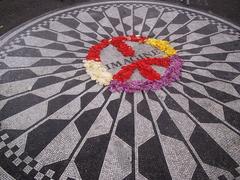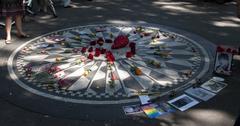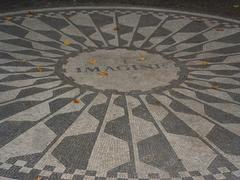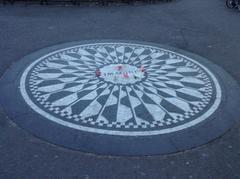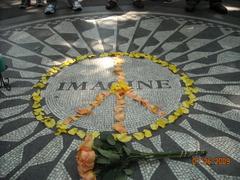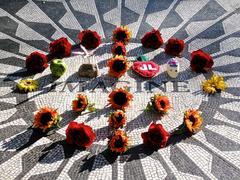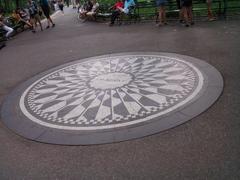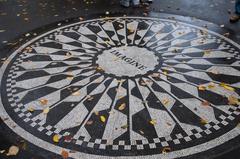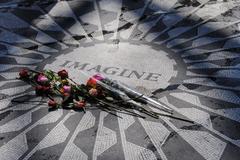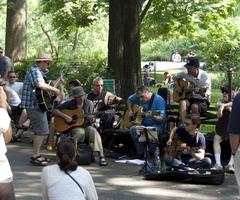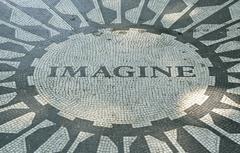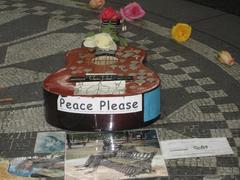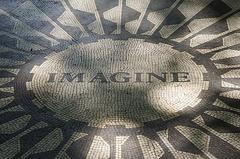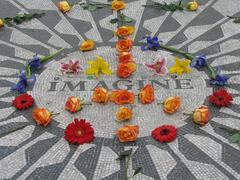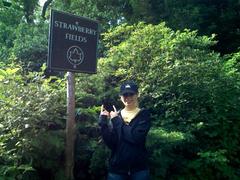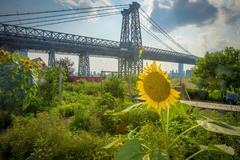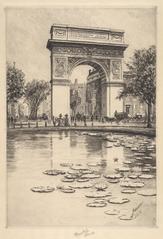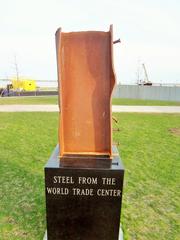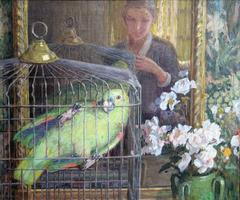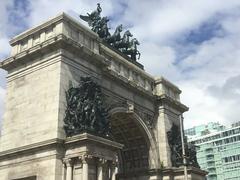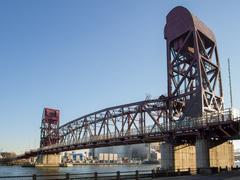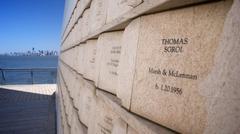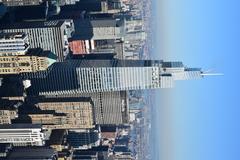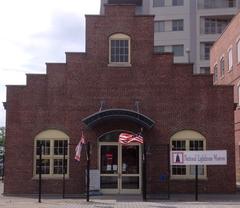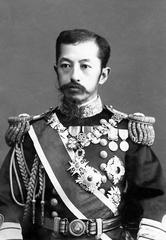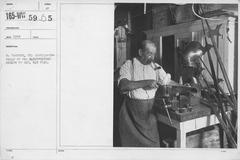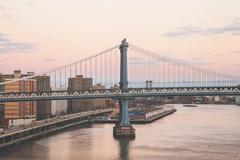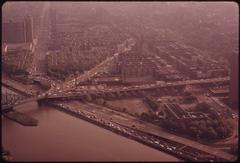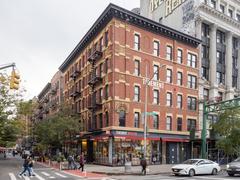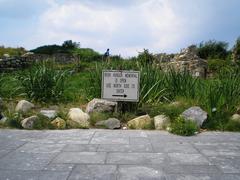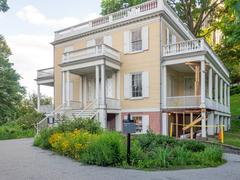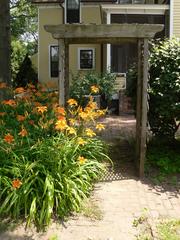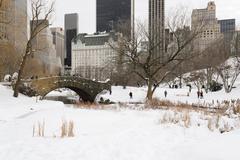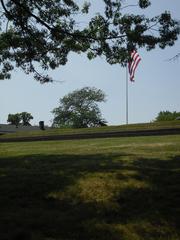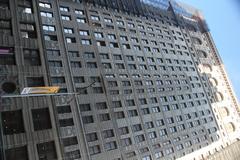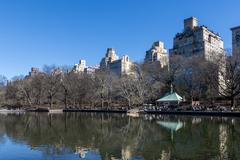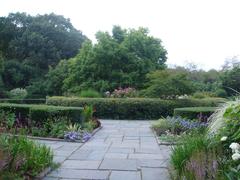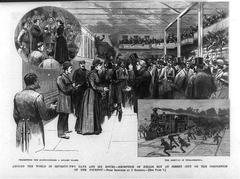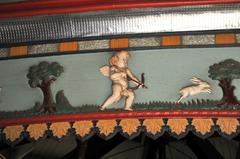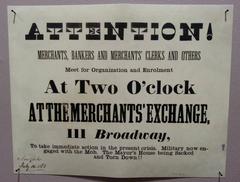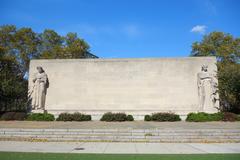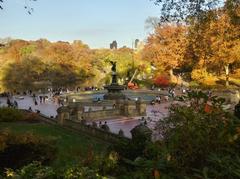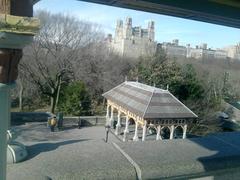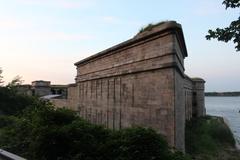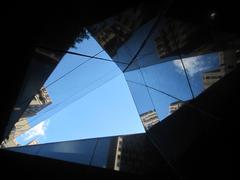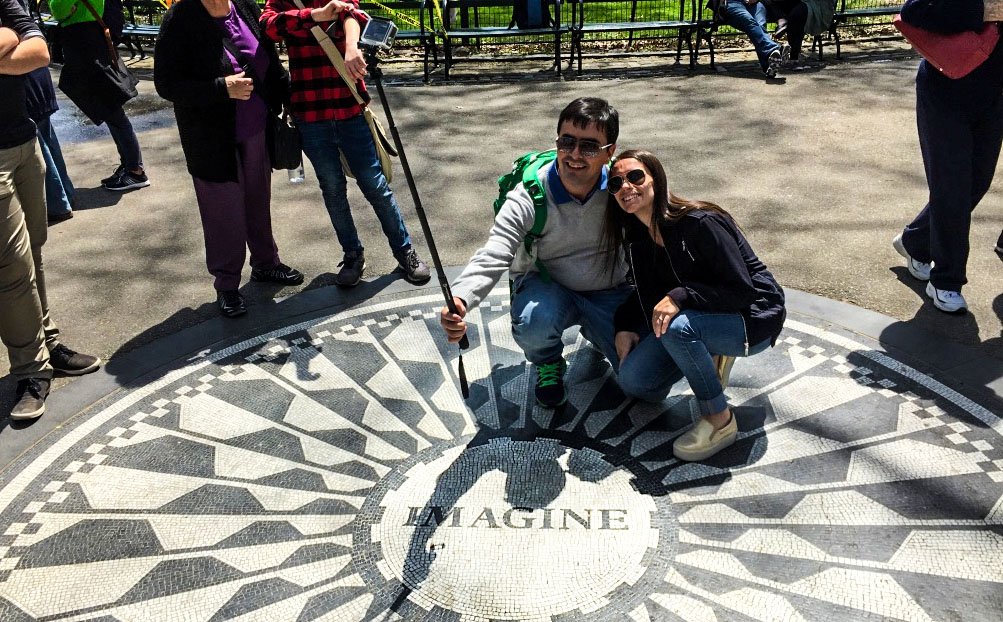
Comprehensive Guide to Visiting John Lennon’s Imagine, New York City, United States
Date: 18/07/2024
Introduction
John Lennon’s Imagine Mosaic, located in Strawberry Fields within New York City’s iconic Central Park, is more than just a piece of art; it is a profound symbol of peace, love, and remembrance. Unveiled on October 9, 1985, as a tribute to the legendary musician’s 45th birthday, the mosaic was a heartfelt gift from the city of Naples, Italy. Designed by a team of Italian artists, its classical Roman-inspired aesthetic captures the timeless essence of Lennon’s vision for a world united in harmony (Central Park Conservancy).
The mosaic stands as a focal point for fans and peace advocates worldwide, reflecting the enduring cultural and musical legacy of John Lennon. Located near The Dakota, where Lennon lived and tragically lost his life, the mosaic’s surrounding area, known as Strawberry Fields, has been designated as a ‘Garden of Peace.’ This serene landscape, filled with international flora, offers visitors a place to reflect on Lennon’s message of unity and hope (NYC Parks).
Table of Contents
- Introduction
- Origins and Creation
- Symbolism and Cultural Impact
- Design and Artistic Elements
- Location and Surroundings
- Visitor Experience
- Visiting Hours and Tickets
- Preservation and Maintenance
- Global Influence and Legacy
- Visitor Tips and Etiquette
- Conclusion
Origins and Creation
The Imagine Mosaic was unveiled on October 9, 1985, which would have been Lennon’s 45th birthday. The creation of the mosaic was part of a larger effort to honor Lennon’s legacy following his tragic assassination on December 8, 1980, outside his residence at The Dakota, adjacent to Central Park.
Designed by a team of artists from Naples, Italy, the mosaic was a gift from the city of Naples to New York City. Its design is inspired by ancient Roman mosaics, reflecting a timeless and classical aesthetic. The word “Imagine” at the center of the mosaic references Lennon’s iconic song “Imagine,” envisioning a world of peace and unity.
Symbolism and Cultural Impact
The Imagine Mosaic symbolizes peace, love, and remembrance. The word “Imagine” encapsulates Lennon’s vision for a better world, free from conflict and division. The mosaic serves as a focal point for fans and visitors to reflect on Lennon’s message and the broader themes of his music.
Design and Artistic Elements
The design of the Imagine Mosaic is both simple and profound. The black-and-white tessellated pattern radiates from the center, creating a sense of movement and dynamism. The circular form symbolizes unity and eternity, resonating with the themes of Lennon’s song “Imagine.”
The craftsmanship is noteworthy, with each piece meticulously placed by skilled artisans. Durable materials like marble and granite ensure the mosaic withstands the test of time and elements, making it a lasting tribute to Lennon.
Location and Surroundings
Strawberry Fields, designated as a “Garden of Peace” by New York City, spans 2.5 acres and features a serene landscape with trees, shrubs, and flowers donated by countries worldwide. The name “Strawberry Fields” nods to The Beatles’ song “Strawberry Fields Forever,” written by Lennon.
Located near The Dakota, where Lennon lived and was tragically killed, the mosaic’s proximity adds poignancy, making it a pilgrimage site for fans and admirers globally.
Visitor Experience
Visiting the Imagine Mosaic is a unique and moving experience. The site is accessible year-round and free to the public. Visitors often leave flowers, candles, and other mementos as tributes to Lennon. The atmosphere is peaceful and reflective, with many taking a moment to sit and contemplate the mosaic’s message.
For an optimal experience, visit early in the morning or later in the evening to avoid crowds. The mosaic is near the West 72nd Street entrance to Central Park, easily accessible by public transportation. Nearby attractions include The Dakota, the American Museum of Natural History, and the Central Park Zoo.
Visiting Hours and Tickets
The Imagine Mosaic is open to visitors 24/7, and there are no tickets required to visit the site. As part of Central Park, it is free and accessible to the public at all times. Special events, such as annual gatherings on Lennon’s birthday and the anniversary of his death, are often held here.
Preservation and Maintenance
The Central Park Conservancy, a non-profit organization dedicated to preserving Central Park, maintains the Imagine Mosaic. Regular maintenance ensures the mosaic remains in good condition despite the high volume of visitors. Efforts to protect the mosaic include installing protective barriers during large events and using specialized cleaning techniques.
Global Influence and Legacy
The Imagine Mosaic has inspired similar tributes worldwide. In Liverpool, England, Lennon’s hometown, a similar mosaic was installed in Chavasse Park. Other cities, including Havana, Cuba, and Reykjavik, Iceland, have also created memorials in Lennon’s honor, reflecting the global impact of his music and message.
Visitor Tips and Etiquette for John Lennon’s Imagine Mosaic in Central Park, New York City
Understanding the Significance
John Lennon’s Imagine mosaic is located in Strawberry Fields, a 2.5-acre landscaped section of Central Park dedicated to the memory of the late Beatle, John Lennon. The mosaic, a gift from the city of Naples, Italy, is a tribute to Lennon’s vision of peace and his iconic song “Imagine.” Visitors come from all over the world to pay their respects, reflect on Lennon’s legacy, and experience a piece of musical history.
Visitor Information
- Visiting Hours: Strawberry Fields is open to the public year-round from 6:00 AM to 1:00 AM.
- Entrance Fee: There is no entrance fee to visit Strawberry Fields or the Imagine mosaic.
- Permits: No permits are required for visiting or photography as long as it remains non-commercial.
Best Times to Visit
To fully appreciate the Imagine mosaic, consider visiting during off-peak hours. Early mornings and late afternoons are ideal times to avoid large crowds. Weekdays are generally less crowded than weekends. Visiting during these times allows for a more serene experience, providing ample opportunity to take photographs and reflect without the hustle and bustle of larger groups.
Travel Tips
- Public Transport: The closest subway stations are 72nd Street (B, C lines) and 72nd Street (1, 2, 3 lines). From these stations, it’s a short walk to Strawberry Fields.
- Parking: Limited street parking is available, but it’s generally easier to use public transport.
Photography Etiquette
While photography is encouraged, it is important to be mindful of other visitors. Here are some tips to ensure a respectful experience:
- Avoid Blocking the Mosaic: When taking photos, avoid standing directly on the mosaic for extended periods. This allows others to take their photos without obstruction.
- Respect Personal Space: Be aware of other visitors who may be having a moment of reflection. Avoid intrusive photography that may disturb their experience.
- No Flash Photography: Flash photography can be disruptive, especially during early morning or late afternoon visits when the natural light is softer.
Respectful Behavior
Strawberry Fields is a designated quiet zone in Central Park, intended for contemplation and reflection. Visitors are encouraged to maintain a peaceful atmosphere. Here are some guidelines to follow:
- Keep Noise Levels Low: Avoid loud conversations, music, or any other noise that could disrupt the tranquility of the area.
- No Littering: Ensure that you dispose of any trash in the designated bins. Keeping the area clean is a sign of respect for the memorial and other visitors.
- No Smoking: Smoking is prohibited in Central Park, including Strawberry Fields. This helps maintain the clean and serene environment.
Floral Tributes and Offerings
Many visitors choose to leave flowers, candles, or other small tributes at the Imagine mosaic. If you wish to do so, consider the following:
- Use Biodegradable Items: Opt for flowers or other biodegradable items that will not harm the environment.
- Avoid Large Displays: Keep tributes small and simple to ensure that there is space for others to leave their offerings as well.
- Respect Existing Tributes: Do not move or disturb tributes left by others. Each item holds personal significance to the person who left it.
Accessibility
Strawberry Fields is accessible to visitors with disabilities. The pathways are well-maintained and suitable for wheelchairs and strollers. If you require assistance, Central Park staff and volunteers are available to help.
Nearby Amenities
Central Park offers a variety of amenities to enhance your visit:
- Restrooms: Public restrooms are available at several locations within Central Park. The closest restrooms to Strawberry Fields are located at the nearby Mineral Springs Pavilion.
- Food and Drink: There are several food vendors and cafes within Central Park. Consider bringing a picnic to enjoy in one of the many scenic areas.
- Seating Areas: Benches and seating areas are available throughout Strawberry Fields and Central Park, providing a place to rest and reflect.
Nearby Attractions
- Bethesda Terrace and Fountain: A beautiful spot for photos and reflection, located a short walk from Strawberry Fields.
- The Dakota: Located near the 72nd Street entrance, this historic building was John Lennon’s residence and the site where he was tragically killed.
- Central Park Zoo: A family-friendly attraction within Central Park, offering a variety of exhibits and animal encounters.
Guided Tours and Special Events
For a more in-depth experience, consider joining a guided tour. Several tour companies offer walking tours of Central Park that include a visit to Strawberry Fields and the Imagine mosaic. These tours provide historical context and interesting anecdotes about John Lennon and the creation of the memorial.
Strawberry Fields often hosts informal gatherings and musical tributes, especially on significant dates such as John Lennon’s birthday (October 9) and the anniversary of his death (December 8). Participating in these events can enhance your experience and provide an opportunity to connect with fellow fans and peace advocates.
Safety Tips
While Central Park is generally safe, it is always wise to take precautions:
- Stay in Well-Lit Areas: If visiting in the early morning or late afternoon, stick to well-lit and populated areas.
- Keep Valuables Secure: Be mindful of your belongings and avoid displaying valuable items.
- Travel in Groups: If possible, visit with a friend or group, especially during less busy times.
Conclusion
Visiting the Imagine Mosaic in Central Park is a deeply moving experience that connects individuals to John Lennon’s enduring legacy of peace and love. Whether you visit during the early morning tranquility or join the heartfelt annual gatherings on significant dates like Lennon’s birthday or the anniversary of his passing, the mosaic serves as a powerful reminder of the timeless relevance of his vision. The meticulous maintenance by the Central Park Conservancy ensures that this tribute continues to inspire future generations (Central Park Conservancy).
From its historical significance and artistic craftsmanship to its role as a global symbol of peace, the Imagine Mosaic offers a unique and reflective visitor experience. By following the provided tips and guidelines, you can ensure a respectful and memorable visit. For more information and updates on visiting Central Park and its attractions, check out the official Central Park Conservancy website or explore other related resources (NYC Parks).
References
- Central Park Conservancy. (n.d.). Discover the Imagine Mosaic - Visiting Hours, Tickets, and History in Central Park. Central Park Conservancy
- NYC Parks. (n.d.). Visitor Tips and Etiquette for John Lennon’s Imagine Mosaic in Central Park, New York City. NYC Parks
- Central Park in New York City - Visiting Hours, Ticket Information, and Nearby Attractions. (n.d.). Central Park Conservancy
